| বাংলায় পড়ুন | Researchers and Reporters: Tanjil Fuad Ayesha Maria |
A significant and eco-friendly idea in the fashion industry is slow fashion. This idea emphasizes producing high-quality, long-lasting apparel as opposed to the rapidly evolving, trend-driven fashion industry. When fast fashion’s detrimental effects on the environment are being seen in today’s globe, slow fashion is being seen as a significant substitute.
Principles of Slow Fashion
The raw materials and clothes manufacturing methods are the primary areas of slow fashion. By recycling and upcycling used clothing and lowering the creation of new apparel, it safeguards the environment. Reducing or avoiding the manufacture of new apparel is the tenet of slow fashion. It is a low-productivity method that recycles old or existing garments rather than making new goods. Environmental pollution and water waste can be decreased in this way. For instance, the production of a standard T-shirt uses over 2,700 liters of water. Preventing this kind of waste is one of the objectives of slow fashion.
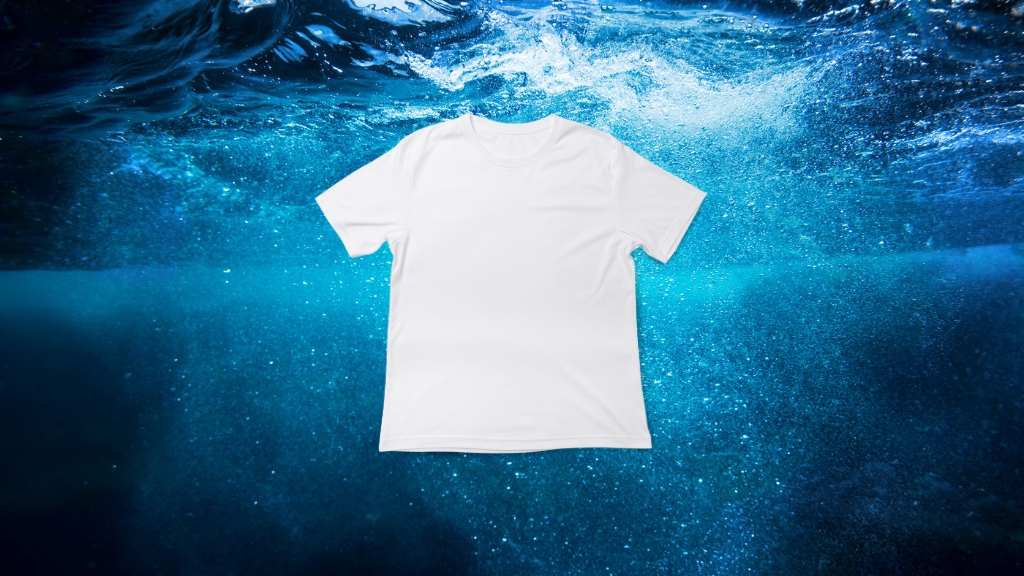
Slow Fashion Initiatives in Bangladesh
Some groups and projects have already begun working in the direction of slow fashion, despite the fact that the concept is still relatively new in Bangladesh. ‘Friendship Colors of the Chars’ is a striking effort. This brand is the first slow fashion brand in the nation. Imam Hasan is the designer in charge of their design team. Using natural and AZO-free dyes, this Friendship NGO project creates clothing per Bangladeshi traditional methods. They are training marginalized women from the Char region to become skilled laborers, which is assisting them in becoming self-sufficient.
In Bangladesh, “Broke” is one of the projects focusing on sustainable fashion. By upcycling and creating, they turn worn clothing into something new, helping to avoid water waste and lessen environmental damage. Their product line, which embodies the idea of sustainable design, comprises upcycled versions of T-shirts, denim, joggers, casual pants, hoodies, and masks.
Slow Fashion vs Fast Fashion
Fast fashion is a rapidly evolving sector in which clothing is manufactured at low cost and promoted rapidly. The manufacturing of cheap, short-lived clothing is typically the main driver of it. They are discarded after a few wears. In addition to producing a great deal of waste, this harms the ecosystem.
Conversely, slow fashion produces durable, high-quality clothing that can be worn for many years. Instead of being only a fashion fad, it is a way of life that pushes us to alter our consumption and purchasing patterns.
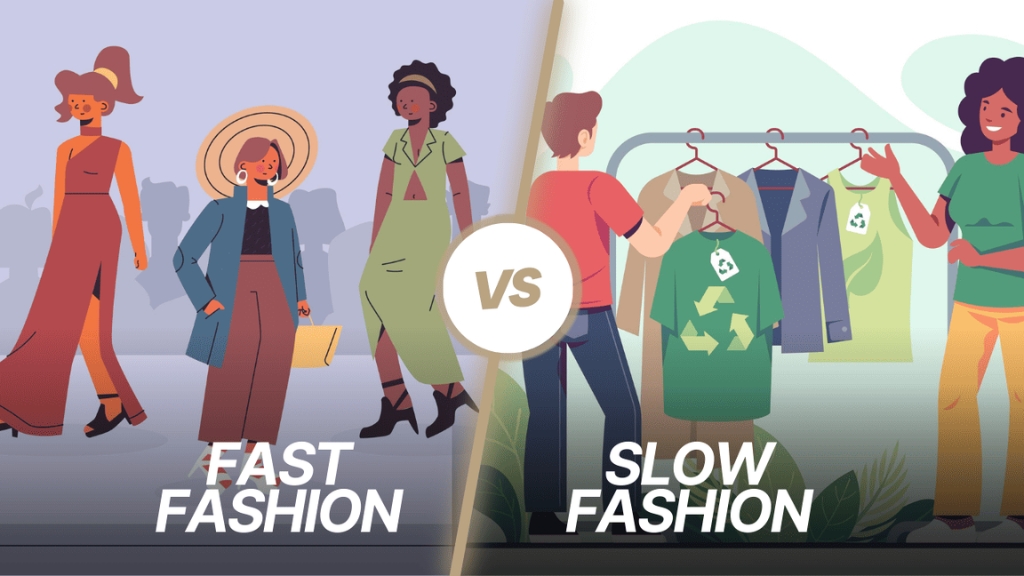
Associated with Sustainable Fashion
Sustainable fashion and slow fashion go hand in hand. While sustainable fashion guarantees sustainable production with eco-friendly materials and methods, slow fashion focuses on slowing down the fashion industry. Fair compensation, secure working conditions, and moral production methods are emphasized in both ideas.
The effects of slow fashion on society and the economy
Slow fashion is a social movement as much as an environmental one. One of its goals is to help underserved communities develop their skills and find work. It is crucial for maintaining regional crafts and customs.
The ‘Friendship Colors of the Chars’ appear to be a blessing for the women of Bangladesh’s Char land. They are earning enough money to become financially independent. Concurrently, the regional textile sector is experiencing a resurgence.
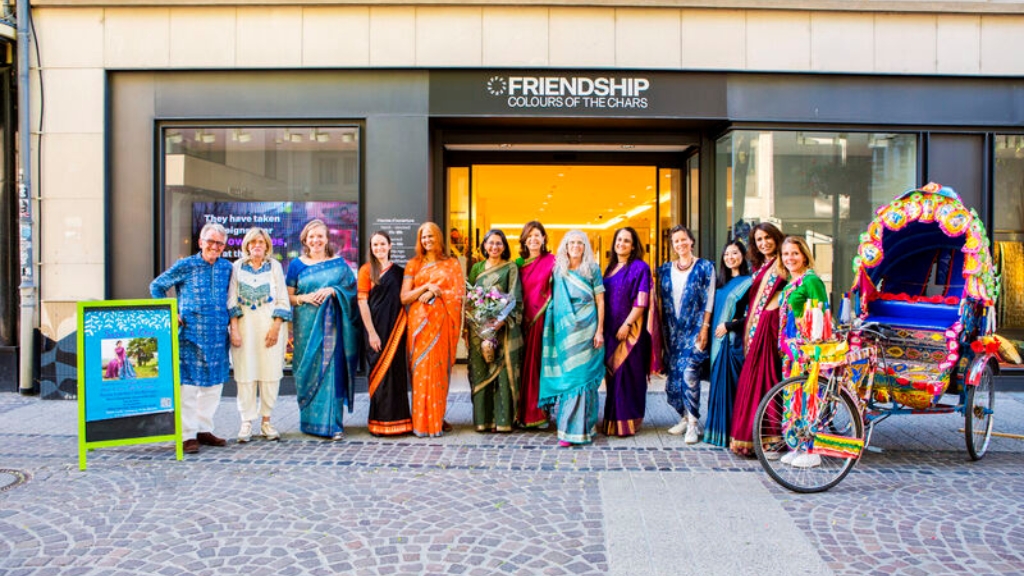
What’s the point of Slow Fashion?
Adopting Slow Fashion can help us lessen our adverse environmental effects. In addition to ensuring that clothing lasts a long time, it encourages us to buy high-quality products and shop less. Waste and pollution from the clothing business are thereby decreased.
An ethical and sustainable fashion trend, slow fashion is helping to preserve our regional culture and legacy while also enhancing the standard of living for underprivileged groups. It is a way of life rather than merely a fashion fad that contributes to creating a sustainable and green environment for coming generations.

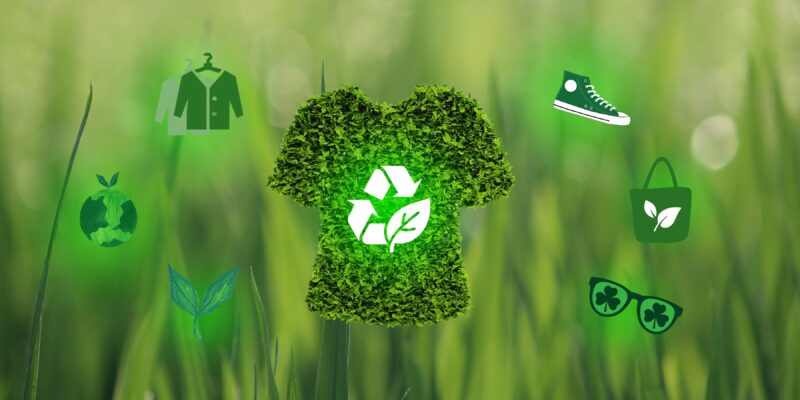













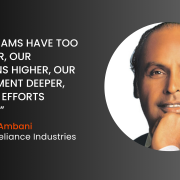













Comments